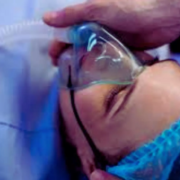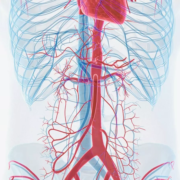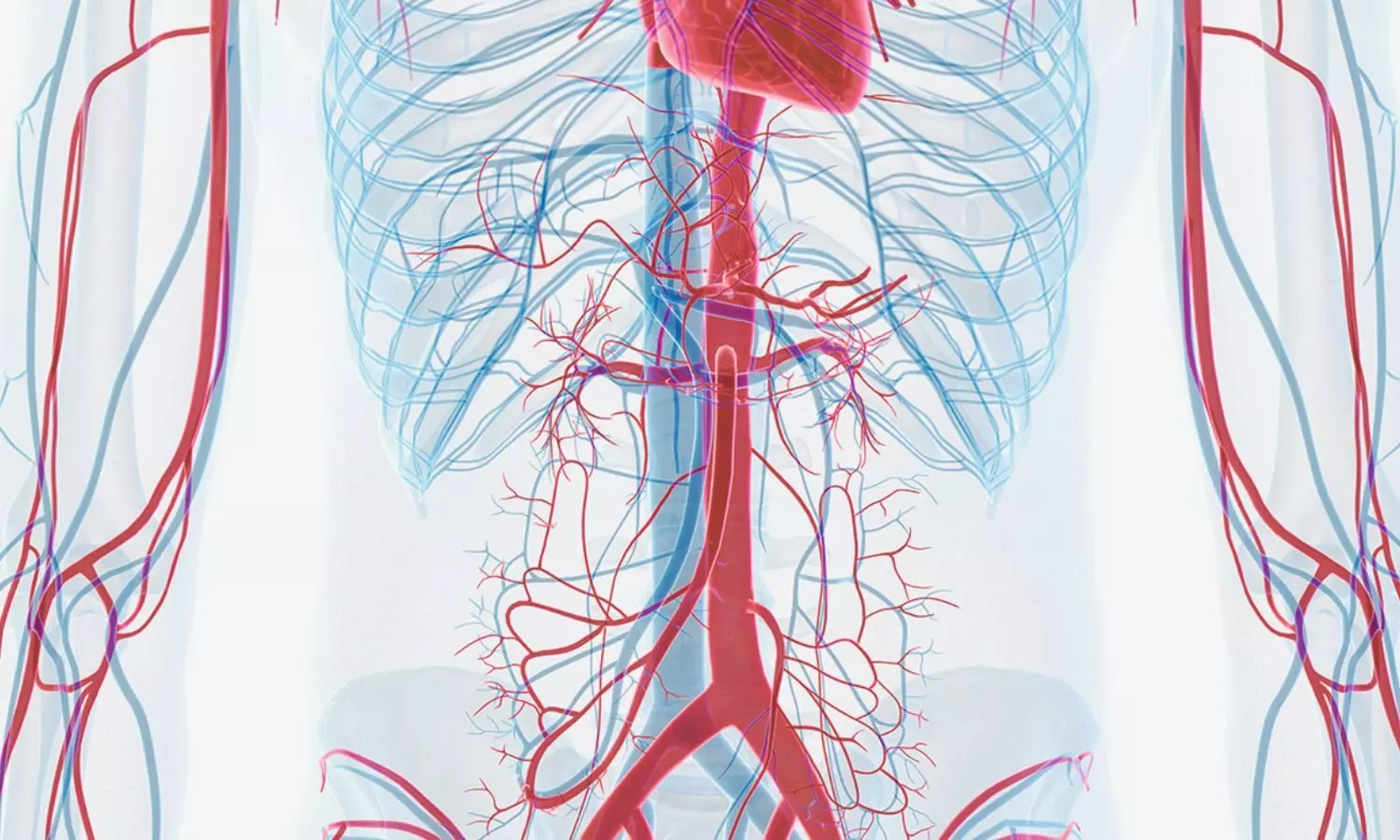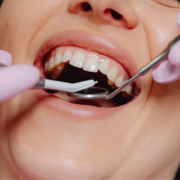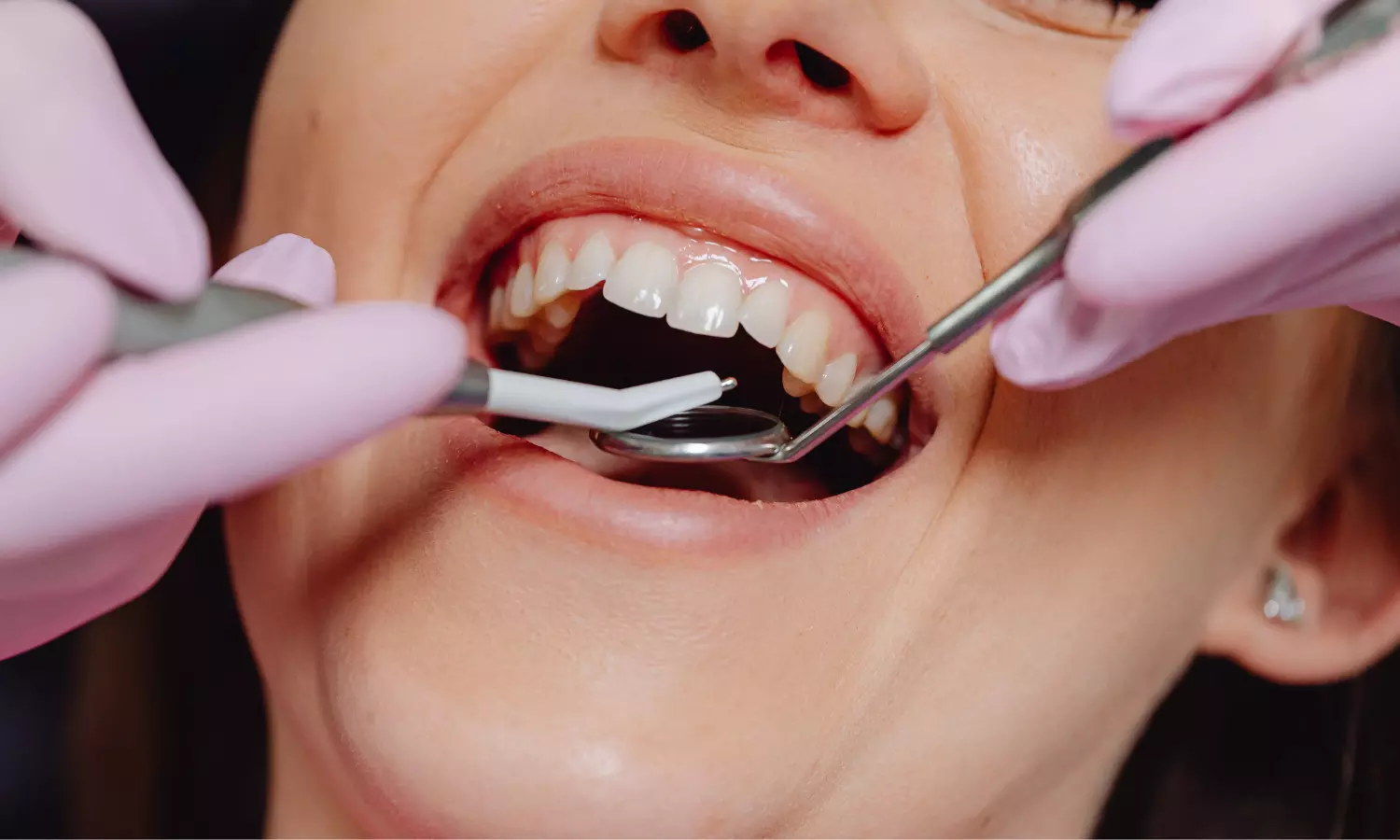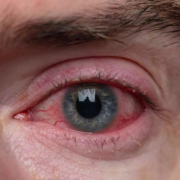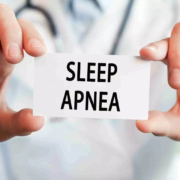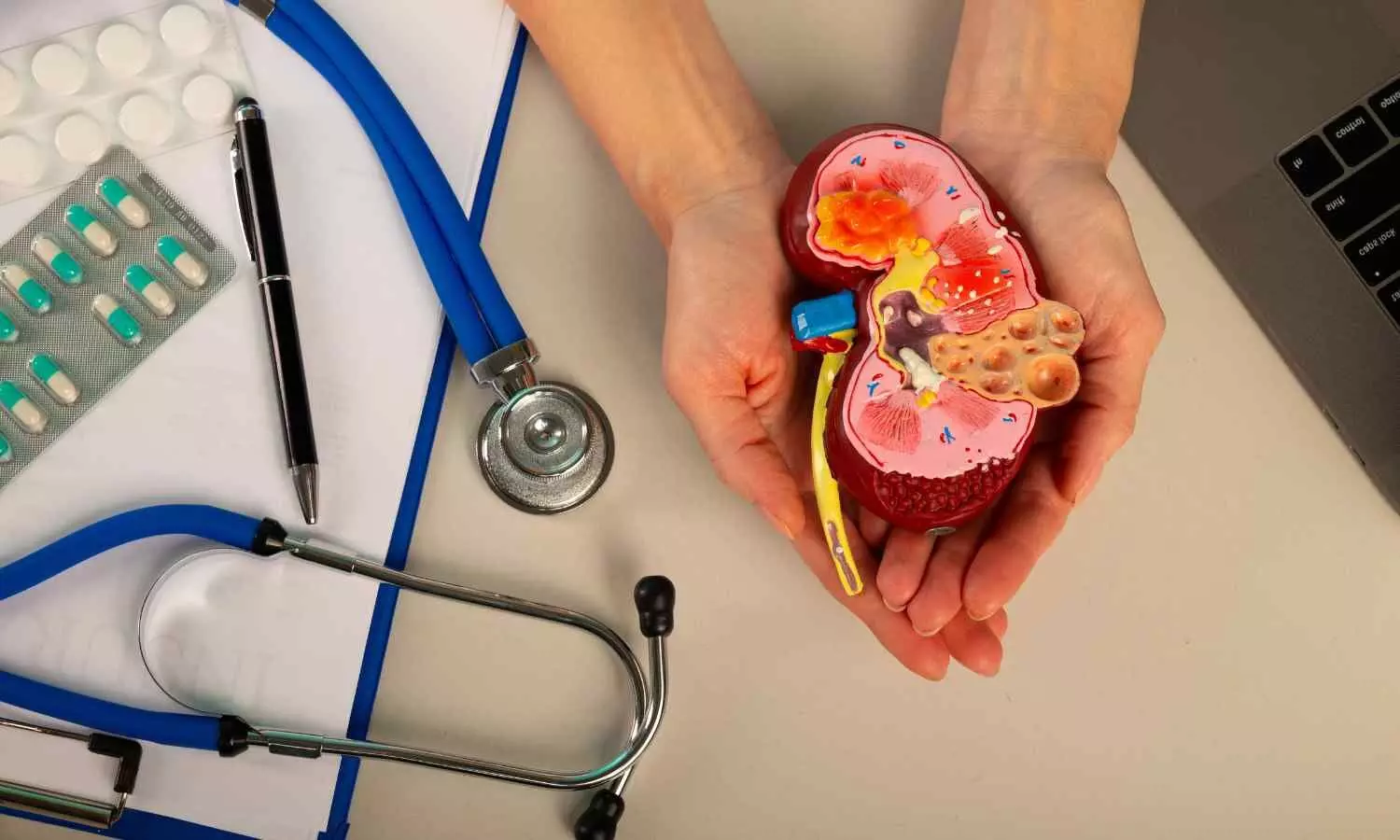Eating more fruits and veggies could help you sleep better: Study

From counting sheep to white noise and weighted blankets, people have tried innumerable ways to get a good night’s sleep. Sleep disruptions can have far-reaching negative consequences, impacting cardiovascular and metabolic health, memory, learning, productivity, mood regulation, interpersonal relationships and more.
It turns out that an important tool for improving sleep quality may have been hiding in plain sight…in the produce aisle. A new study led by researchers at the University of Chicago Medicine and Columbia University found that eating more fruits and vegetables during the day was associated with sleeping more soundly later that same night.
“Dietary modifications could be a new, natural and cost-effective approach to achieve better sleep,” said co-senior author Esra Tasali, MD, director of the UChicago Sleep Center. “The temporal associations and objectively-measured outcomes in this study represent crucial steps toward filling a gap in important public health knowledge.”
Uncovering the connection between diet and sleep
Studies have shown that inadequate sleep can cause people to gravitate towards unhealthier diets higher in fat and sugar. However, despite the far-reaching effects of sleep on public health and even economic productivity, doctors and scientists know far less about how diet can affect sleep patterns.
In previous observational studies, high fruit and vegetable intakes were associated with better self-reported overall sleep quality, but this new study was the first to draw a temporal connection between a given day’s dietary choices and objectively-measured sleep quality that same night.
Healthy young adults who participated in the study reported their food consumption each day with an app and wore a wrist monitor that allowed the researchers to objectively measure their sleep patterns. The researchers specifically looked at “sleep fragmentation,” an index that reflects how often someone awakens or shifts from deep to light sleep throughout the night.
Promising findings support dietary guidelines
The researchers found that each day’s diet was correlated with meaningful differences in the subsequent night’s sleep. Participants who ate more fruits and vegetables during the day tended to have deeper, more uninterrupted sleep that same night, as did those who consumed more healthy carbohydrates like whole grains.
Based on their findings and statistical modeling, the researchers estimate that people who eat the CDC-recommended five cups of fruits and veggies per day could experience a 16 percent improvement in sleep quality compared to people who consume no fruits or vegetables.
“16 percent is a highly significant difference,” Tasali said. “It’s remarkable that such a meaningful change could be observed within less than 24 hours.”
Future studies will help establish causation, broaden the findings across diverse populations, and examine the underlying mechanisms of digestion, neurology, and metabolism that could explain the positive impact of fruits and vegetables on sleep quality. But based on current data, the experts confidently advise that regularly eating a diet rich in complex carbohydrates, fruits, and vegetables is best for long-term sleep health.
“People are always asking me if there are things they can eat that will help them sleep better,” said co-senior author Marie-Pierre St-Onge, PhD, director of the Center of Excellence for Sleep & Circadian Research at Columbia. “Small changes can impact sleep. That is empowering-better rest is within your control.”
Reference:
Boege, Hedda L. et al., Higher daytime intake of fruits and vegetables predicts less disrupted nighttime sleep in younger adults, Sleep Health, DOI:10.1016/j.sleh.2025.05.003
Powered by WPeMatico


